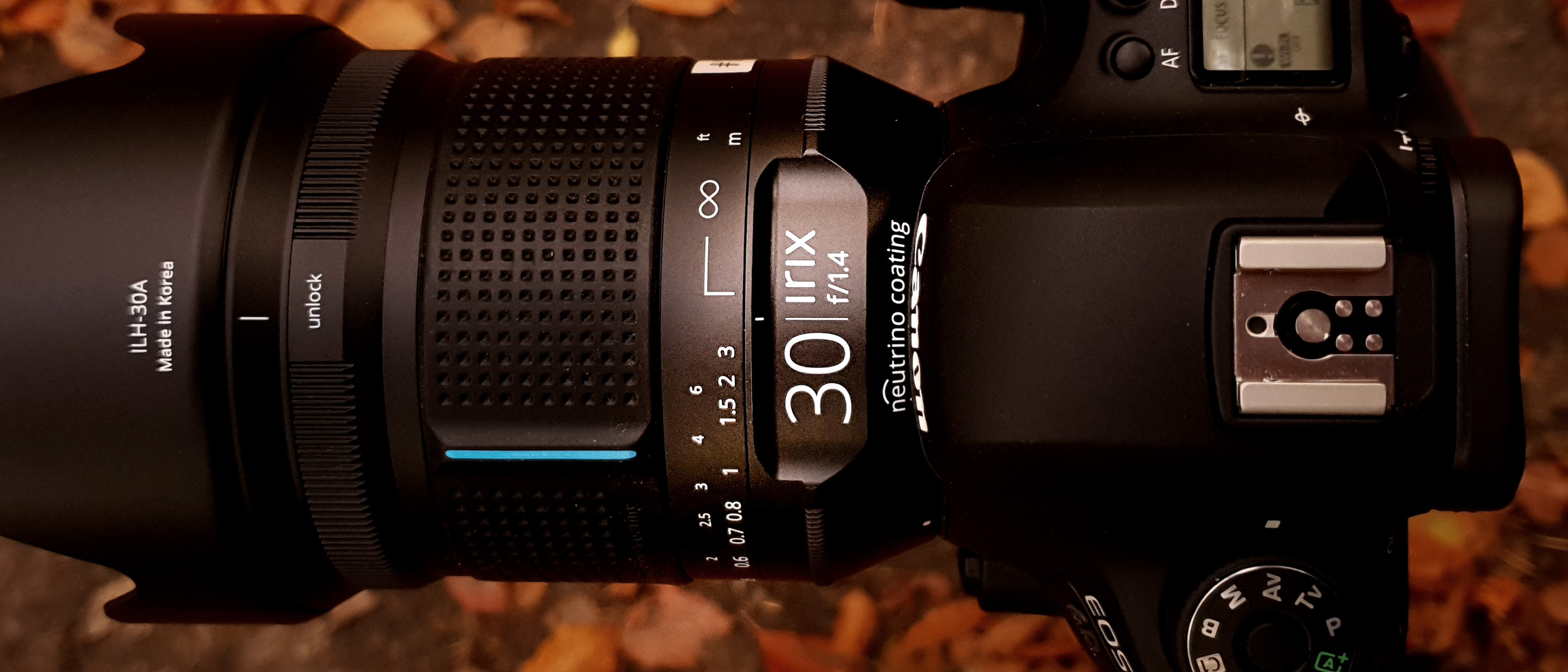Digital Camera World Verdict
The Irix 30mm f/1.4 Dragonfly is a sharp, well-built lens that is beautifully crafted. Resolution is lovely and contrast adds a natural punch to images. Overall the optics succeed in fulfilling the Irix promise to offer cinematic qualities in still images – though the lack of autofocus, and extremely tight focus ring, may be problematic for some.
Pros
- +
Great build quality
- +
Outstanding sharpness
- +
Beautiful bokeh
- +
Electronic contacts
Cons
- -
Focus ring resistance
- -
No autofocus
Why you can trust Digital Camera World
The Irix 30mm f/1.4 Dragonfly is everything we've come to expect from Irix lenses. These optics are usually well built, high quality products which, if you can accept the lack of autofocus capability, offer a genuinely unique proposition… well, mostly.
You see, the Irix 30mm f/1.4 Dragonfly is a photographic equivalent to the Irix 30mm T1.5 Cine – a well-established model and popular choice for videographers. The fact that Irix has chosen to release a stills version makes sense, and looking at the spec sheet it seems the only significant technical difference between the two is in the external design and minor transmission variance.
However, externally this is a different beast indeed – which is to be expected, due to the different requirements for stills photographers and motion creatives. So just how good is this wide-angle, wide-aperture prime for photographers?
Irix 30mm f/1.4 Dragonfly: Specifications
Mount: Canon EF (tested), Nikon F, Pentax K
Elements / construction: 13 elements in 11 groups
Autofocus: No
Stabilization: No
Weather sealing: Yes
Angle of view: 61.9°
Max aperture: f/1.4
Min aperture: f/16
Min focus distance: 0.34m
Filter size: 86mm
Length: 107mm
Diameter: 94mm
Weight: 863g (Canon EF)
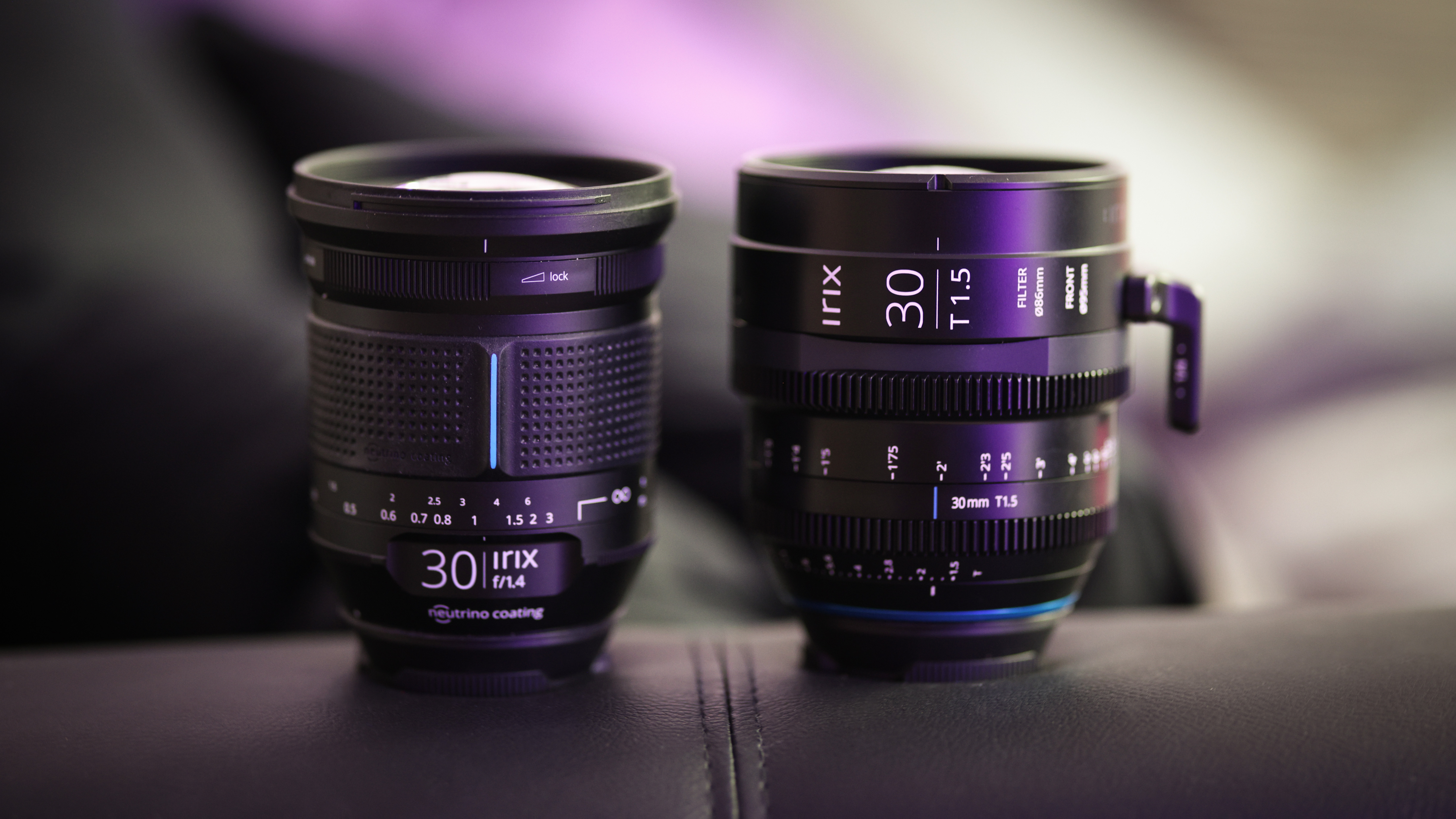
30mm f/1.4 Dragonfly: Build and handling
All of Irix’ lenses have a unique, robust feel to them. This is due to the prevalence of metal used in the construction and the dense rubberized focus ring. The 30mm f/1.4 shares these build characteristics and overall it offers a true professional handling experience.
It’s a fairly hefty optic at 863g, certainly heavier than many contemporary mirrorless lenses, but it is manageable and well balanced on a DSLR. Though it might seem a little front-heavy when adapted to smaller mirrorless models.
The focus ring is pretty stiff. You can lock the ring, which is handy, but even when this is fully released the ring does take quite a bit of encouragement to move, which slows down the operation. This does of course aid precise focus placement, but don't expect to be able to shoot anything moving too quickly.
The dimensions are pleasingly compact, meaning it doesn’t take up too much room in your camera bag, despite the aforementioned weight. This means it can go unnoticed on the street, when the photographer is looking to capture candid images, without drawing too much attention.
The front element is an impressive piece of glass and accepts large 86mm filters. Generally speaking, you really can't fault the build quality and most photographers will find the extra weight reassuring.
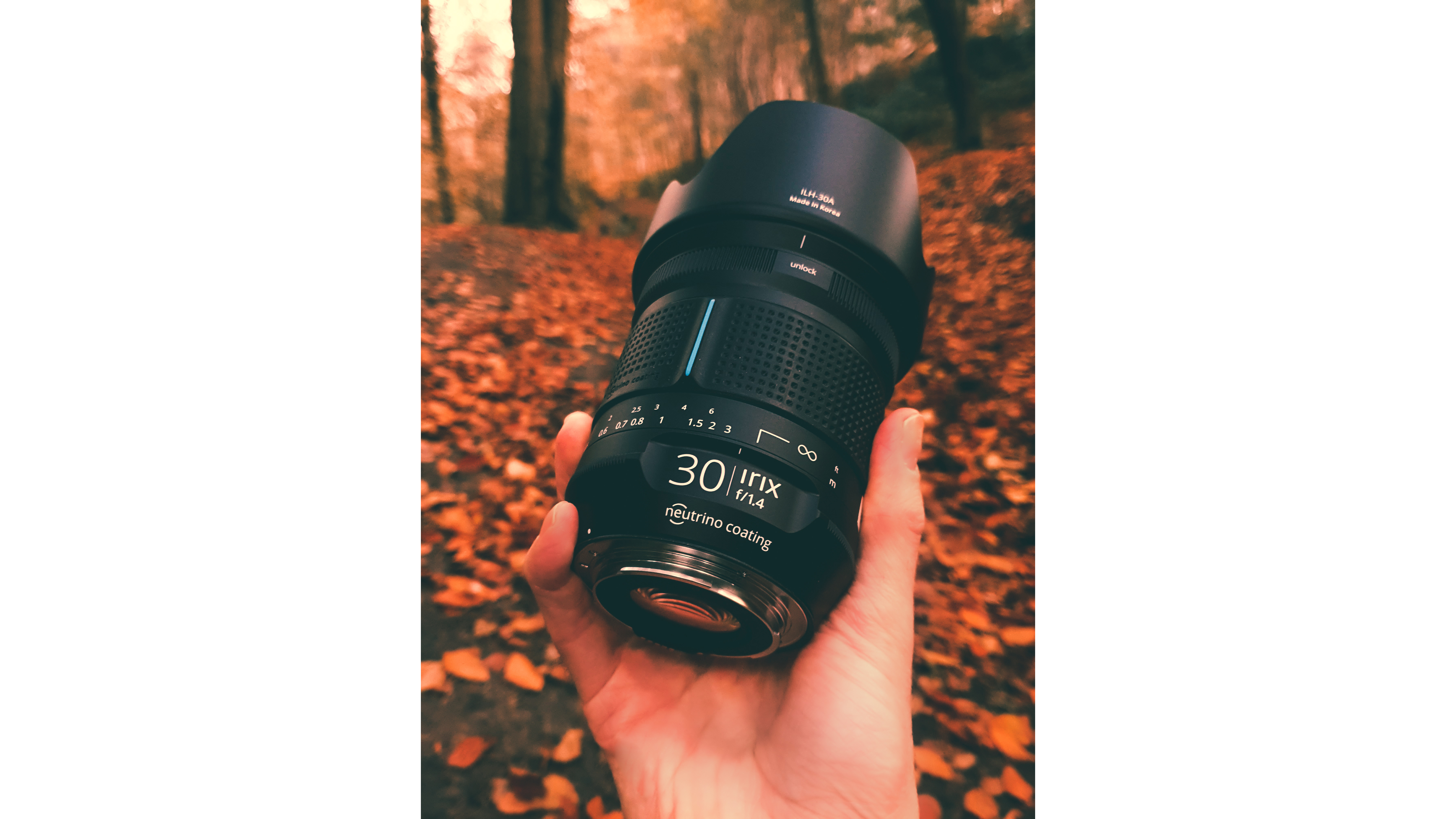
Irix 30mm f/1.4 Dragonfly: Performance
There can be no criticism of the sharpness of the Irix 30mm f/1.4. While there is an increase in softness wide open, by f/2.8 this is gone and resolution is superb. This is maintained from the center to the edges of frame, with only a slight drop in quality at the extreme periphery. This is of course a lens you'll want to use wide open, though, and users can be assured of respectable performance, even for large prints.
Contrast is also lovely and color rendition is spot-on. When photographing bright flower petals into the setting sun – a wide range of colors to capture – the lens produced a natural palette, with organic-looking punch. Some lenses can be overly contrasty, but we'd say that the Irix 30mm f/1.4 falls nicely into a balanced middle ground in this respect.
As you’d expect from a wide-aperture prime at this price point, bokeh is gorgeous, thanks to the 11-bladed rounded aperture. The 30mm focal length won't be the first one many photographers will reach for when shooting portraits, but for environmental studies this optic produces a nicely unique blend of wide perspective and shallow depth-of field. There is some cats-eye compression towards the frame edges, but nothing excessive.
Even without processing there is almost no chromatic aberration, either. When zooming in on high-contrast edges, such as tree branches against a bright sky, there is very little discernible colored banding, demonstrating that the optical elements are effectively focusing the light with minimal scattering.
The lens does lack a focus motor, so all focusing must be done manually. However, the mount features a set of electronic contacts – meaning that EXIF data can be saved within captured digital files, for later reference.
Irix 30mm f/1.4 Dragonfly: Lab results
We run a range of lab tests under controlled conditions, using the Imatest Master testing suite. Photos of test charts are taken across the range of apertures and zooms (where available), then analyzed for sharpness, distortion and chromatic aberrations.
We use Imatest SFR (spatial frequency response) charts and analysis software to plot lens resolution at the center of the image frame, corners and mid-point distances, across the range of aperture settings and, with zoom lenses, at four different focal lengths. The tests also measure distortion and color fringing (chromatic aberration).
Sharpness:
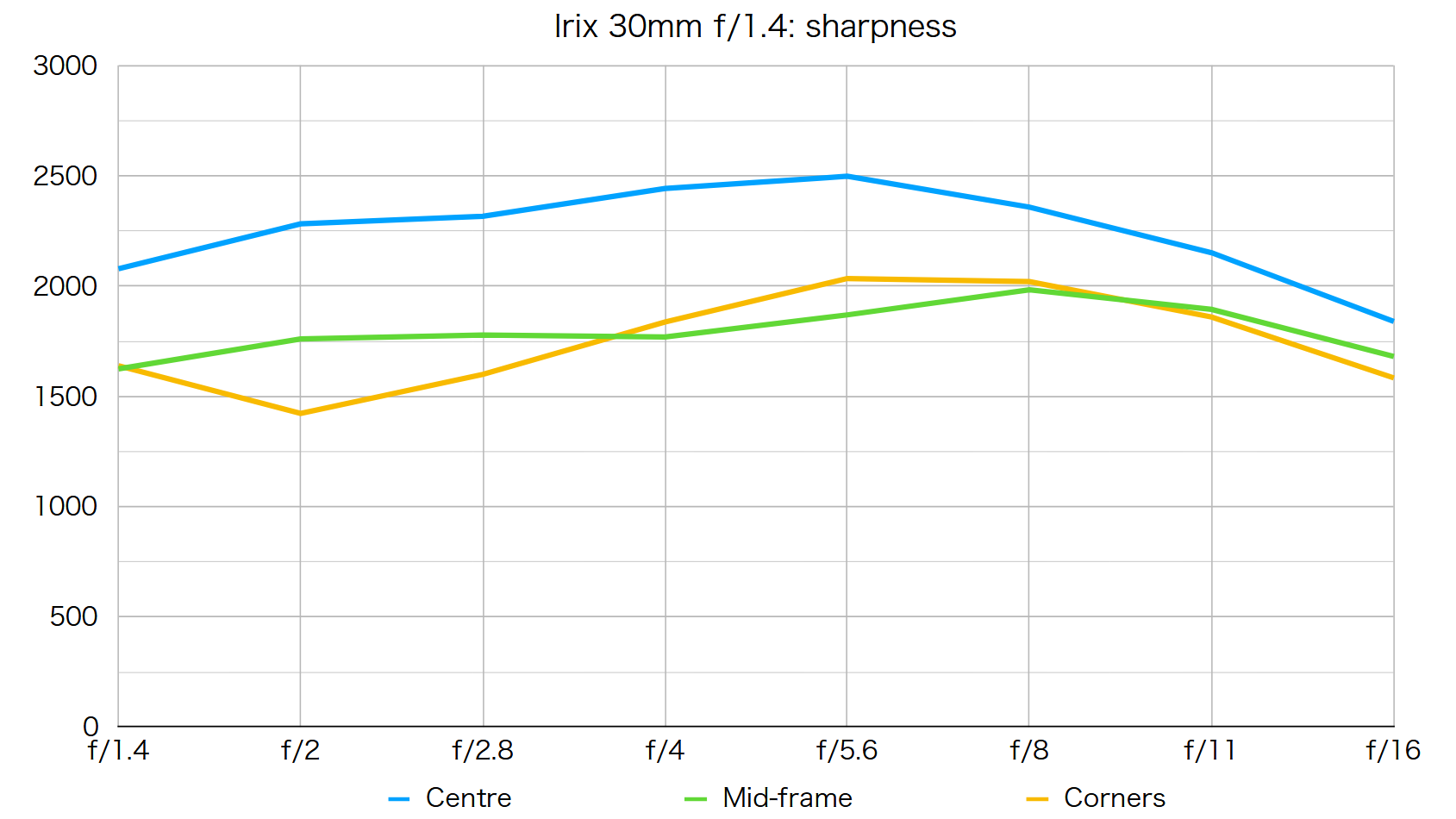
Center sharpness is outstanding, from wide open at f/1.4 right through to f/11. Mid-frame and corner sharpness levels are also very high throughout the lens' aperture range – an impressive overall performance.
Fringing:

Lateral chromatic aberration is minor at narrower apertures, only barely becoming apparent in the corners of frame once you go narrower than f/4, though fringing is never an obvious problem.
Distortion: -0.79
The Irix 30mm produces slight barrel distortion, but you're unlikely to notice this unless you're shooting especially geometric subjects.
Irix 30mm f/1.4 Dragonfly: Verdict
Optically the Irix 30mm f/1.4 Dragonfly is a super lens and won’t disappoint when making big prints. The lack of autofocus, as with other Irix primes, can be problematic when shooting wide open, however, as nailing subject sharpness is a significant challenge. We’d recommend magnifying every image after capture, to check accuracy. Being a wide-angle lens can make the situation worse, as the subject is likely smaller in the frame.
It's interesting that this is specifically designed for DSLR cameras; we feel it would be more at home in a mirrorless lens mount, whereby images can be magnified in an electronic viewfinder (judging focus via an optical viewfinder is not a simple task). The barrel does feature distance measurements, though, which does help.
Overall the lens fills its niche well, however, and if speed is not your priority you’ll love the Irix 30mm f/1.4 Dragonfly for its cinematic images and palatable pricing.
Irix 30mm f/1.4: Sample images

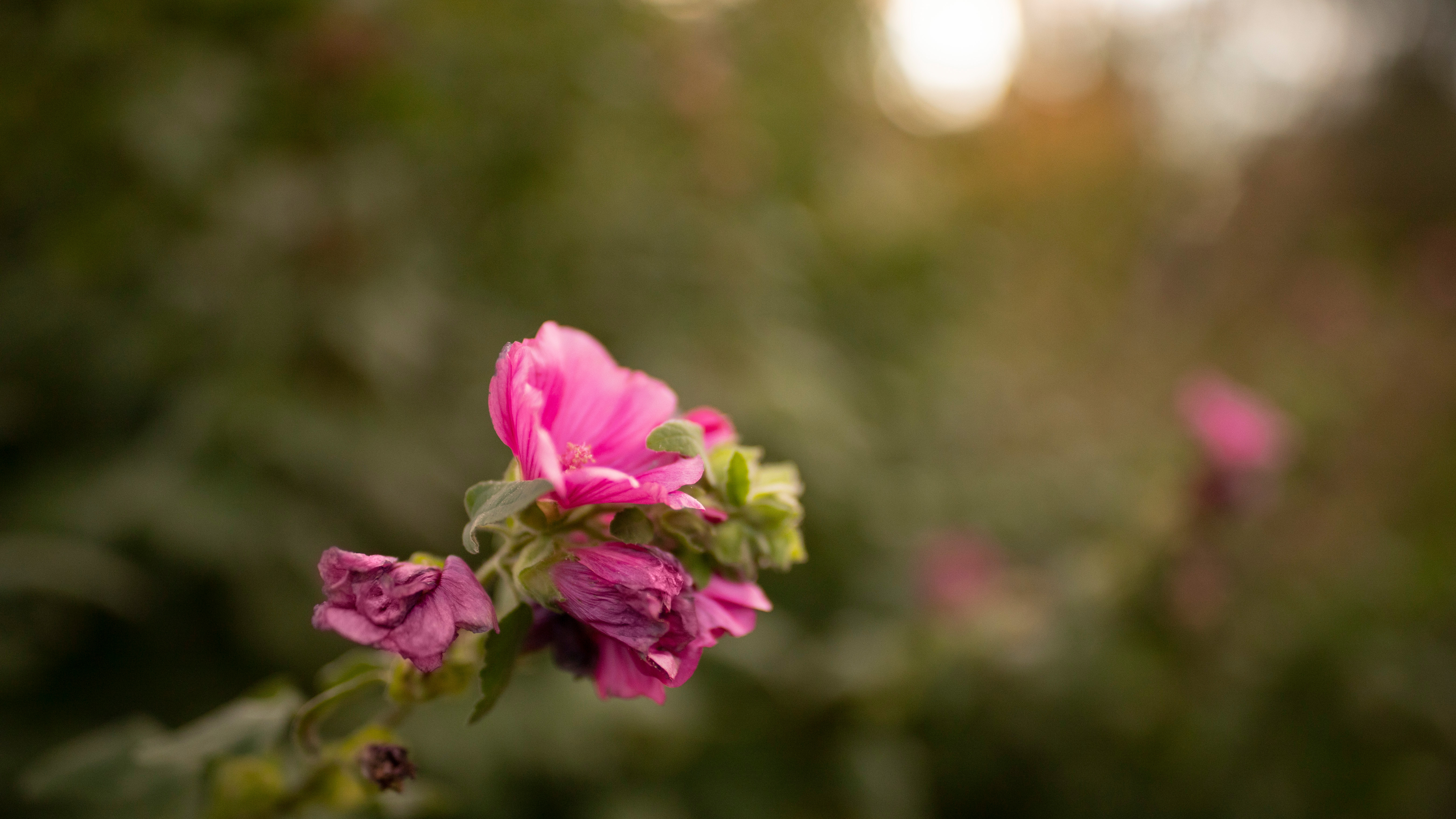
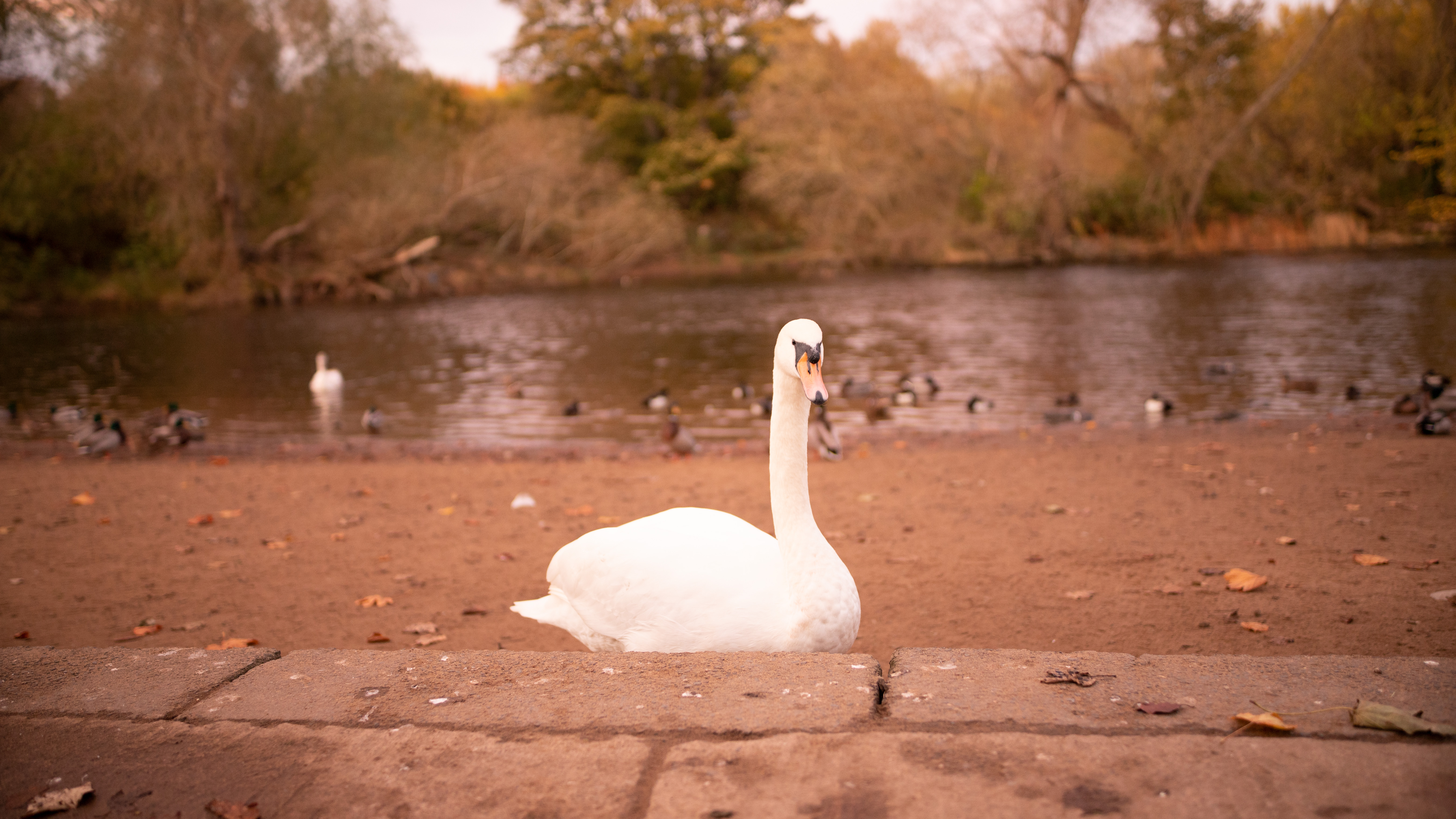
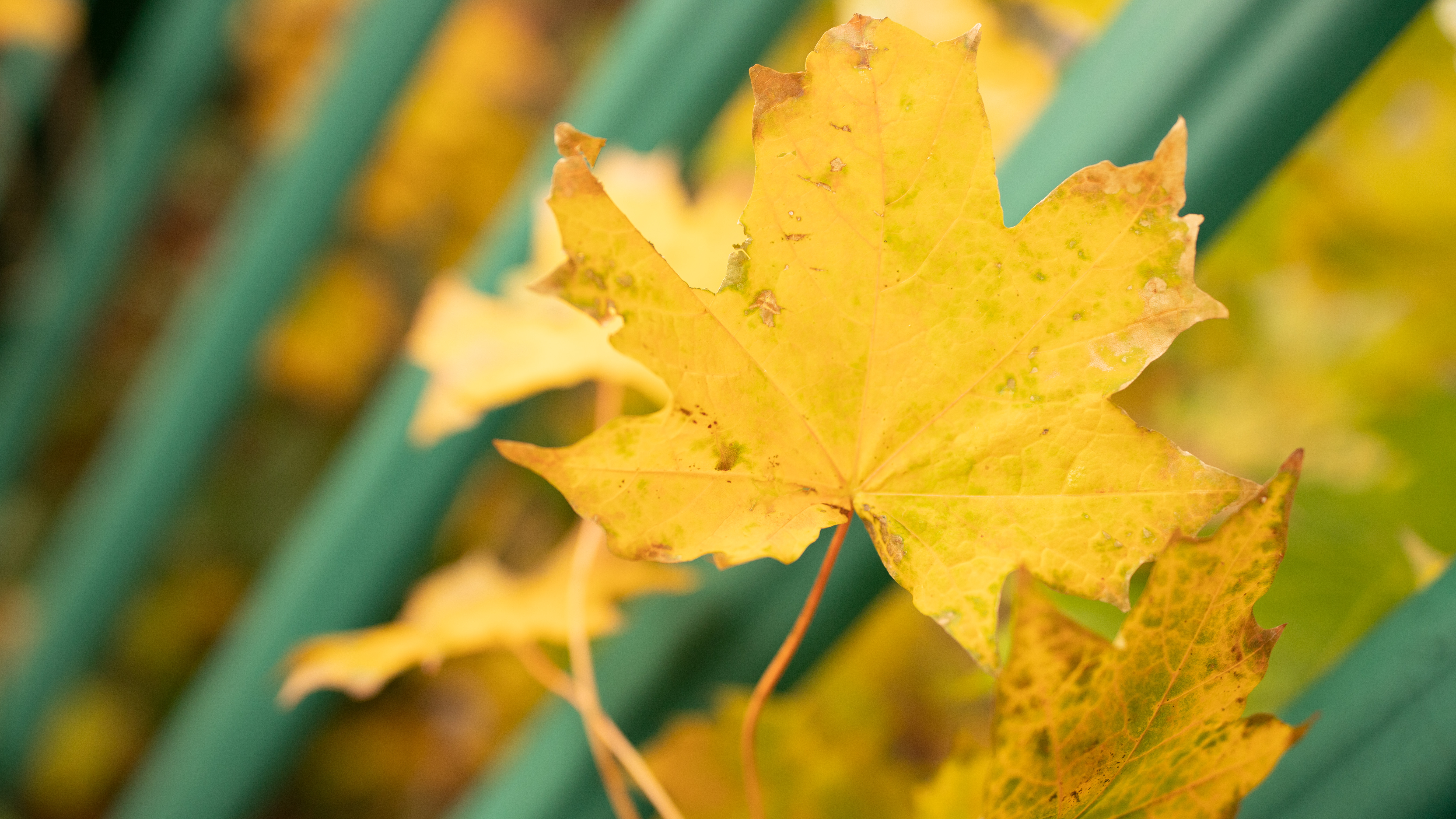

Read more:
Best lenses for street photography
Best cameras for street photography
Best wide-angle lenses
As the Editor for Digital Photographer magazine, Peter is a specialist in camera tutorials and creative projects to help you get the most out of your camera, lens, tripod, filters, gimbal, lighting and other imaging equipment.
After cutting his teeth working in retail for camera specialists like Jessops, he has spent 11 years as a photography journalist and freelance writer – and he is a Getty Images-registered photographer, to boot.
No matter what you want to shoot, Peter can help you sharpen your skills and elevate your ability, whether it’s taking portraits, capturing landscapes, shooting architecture, creating macro and still life, photographing action… he can help you learn and improve.
